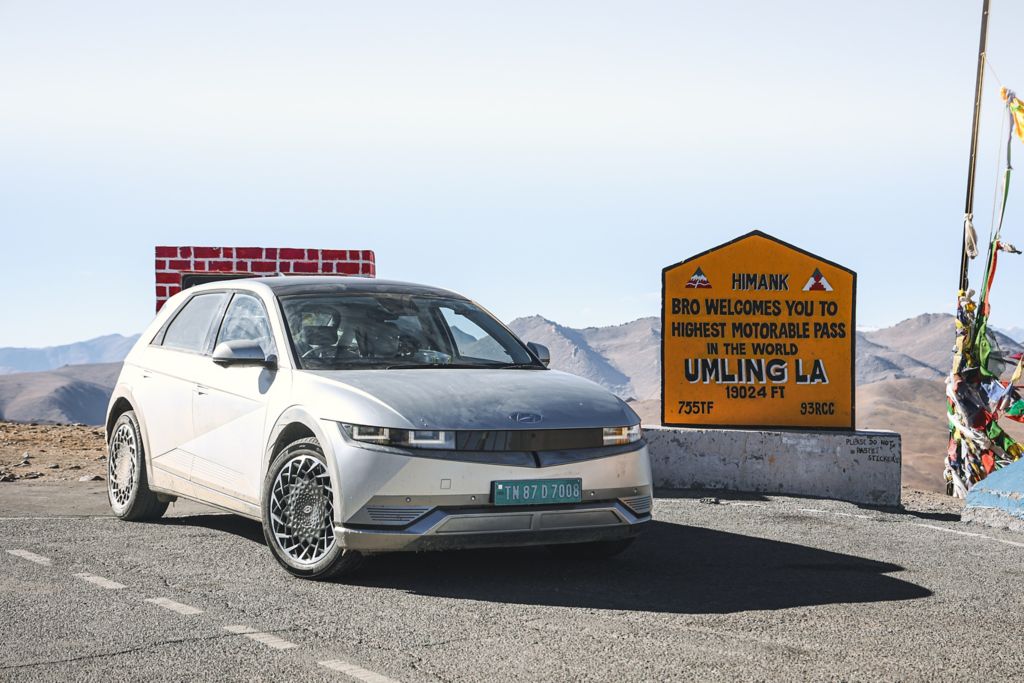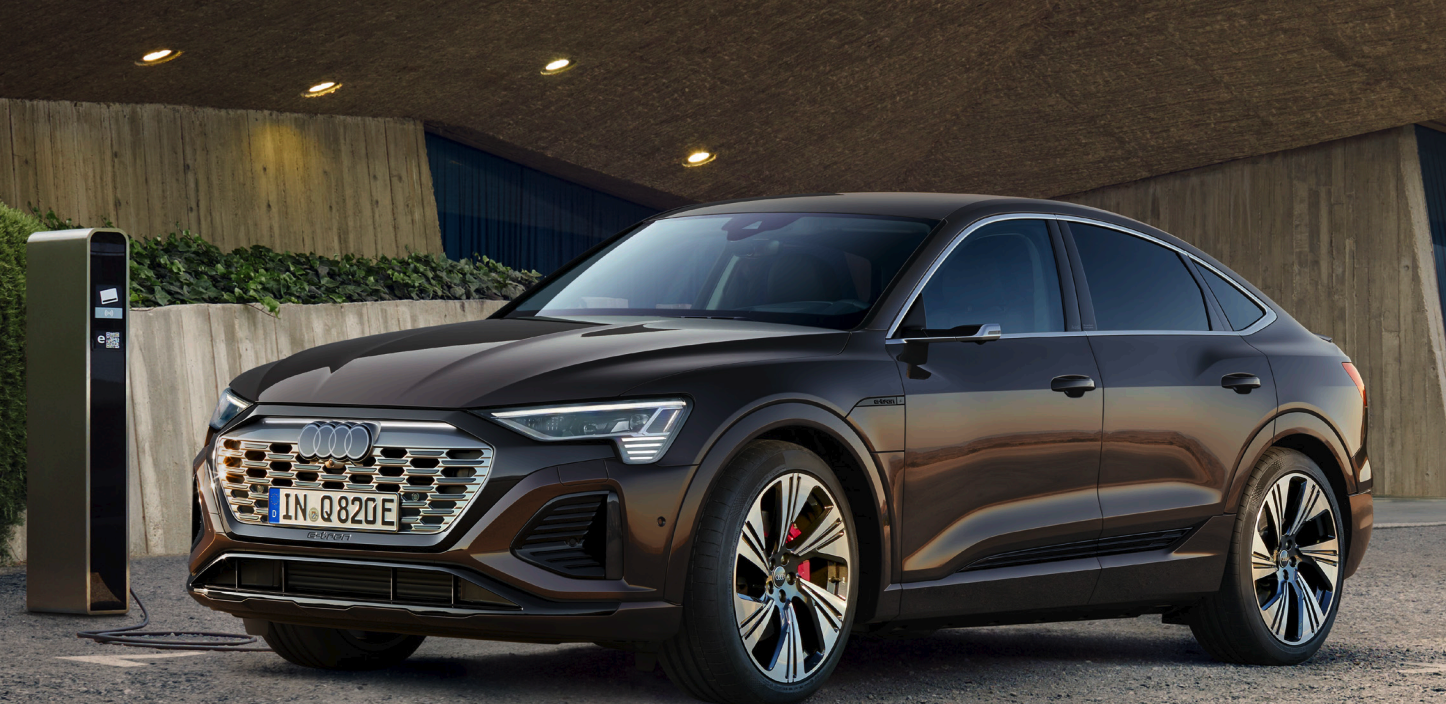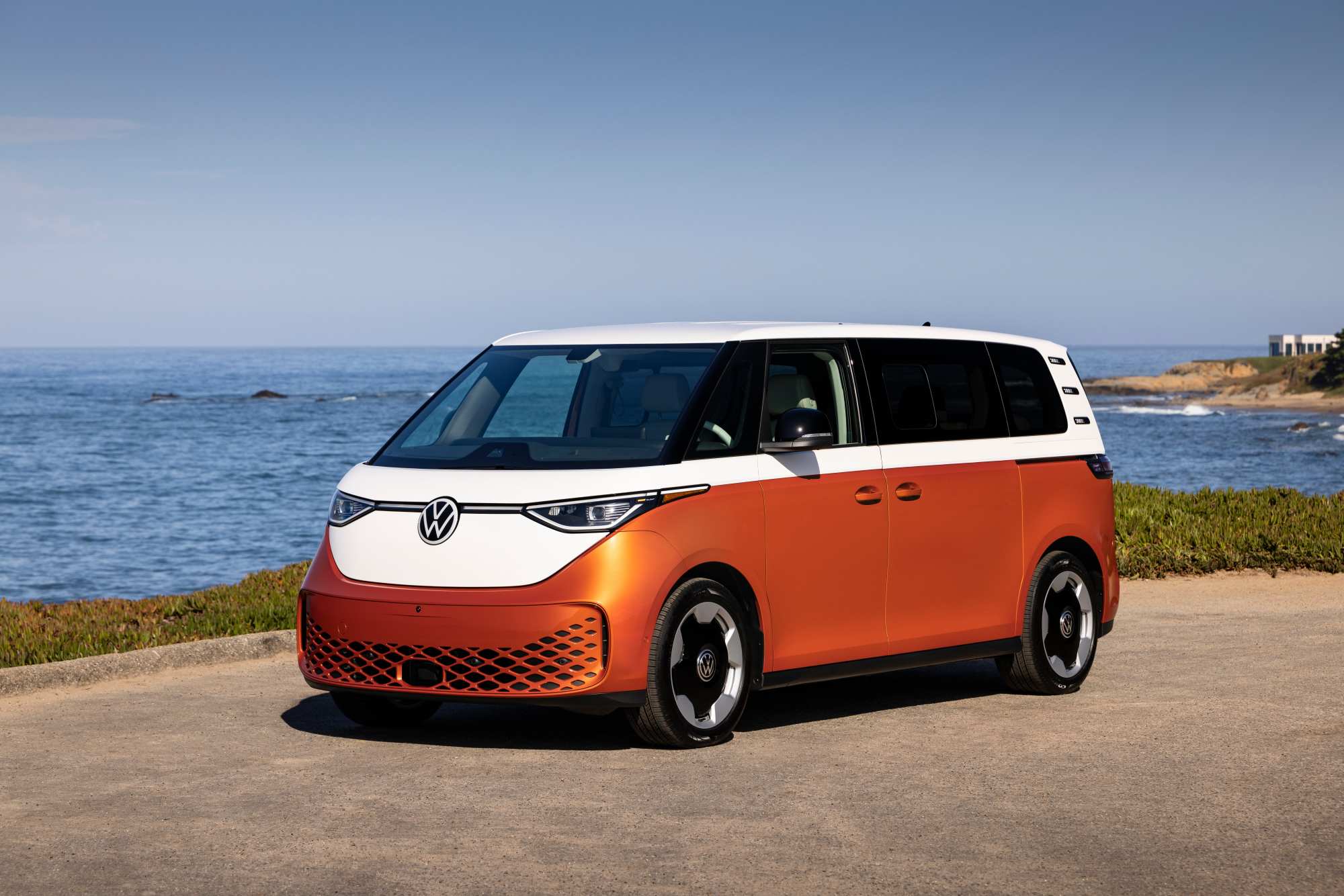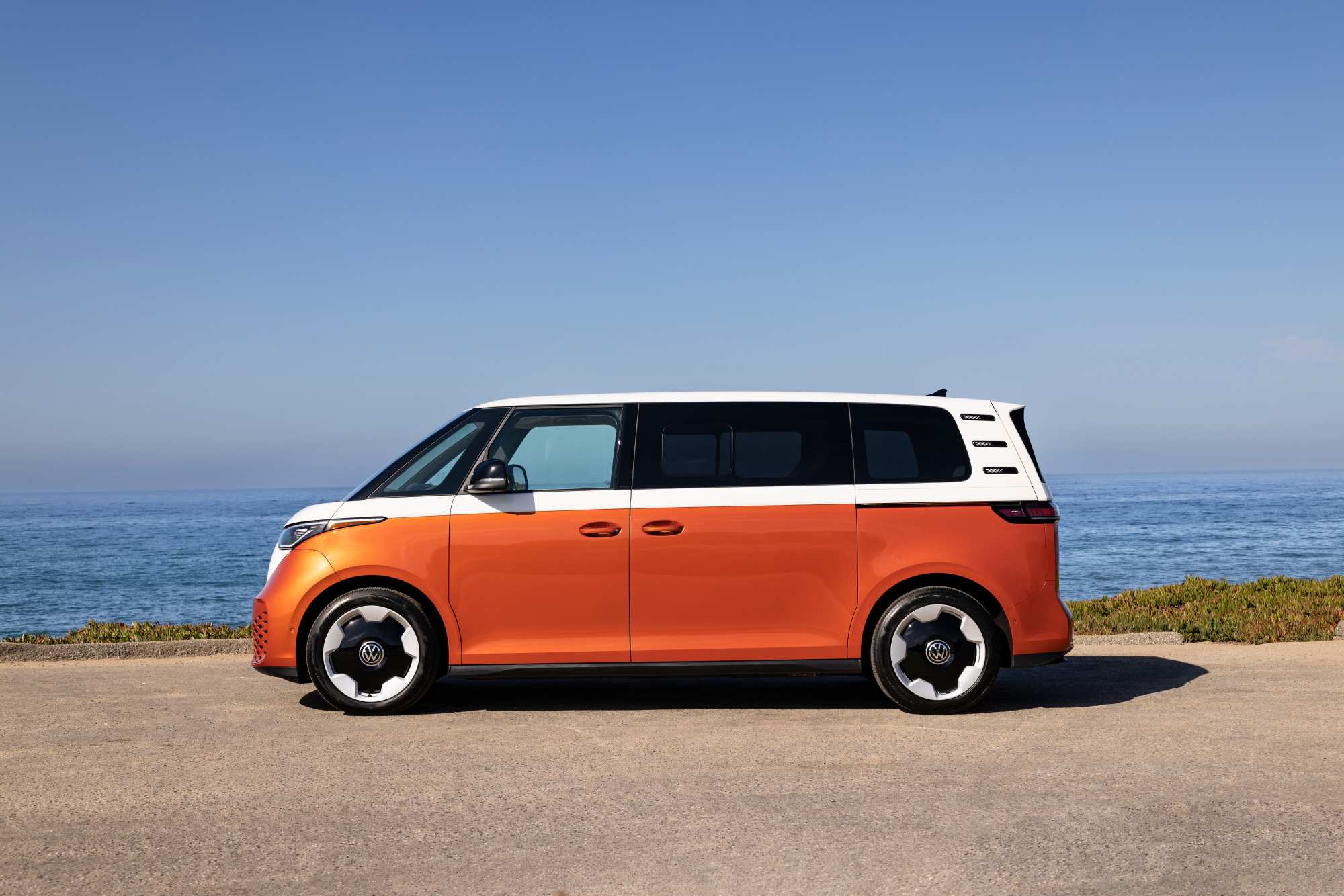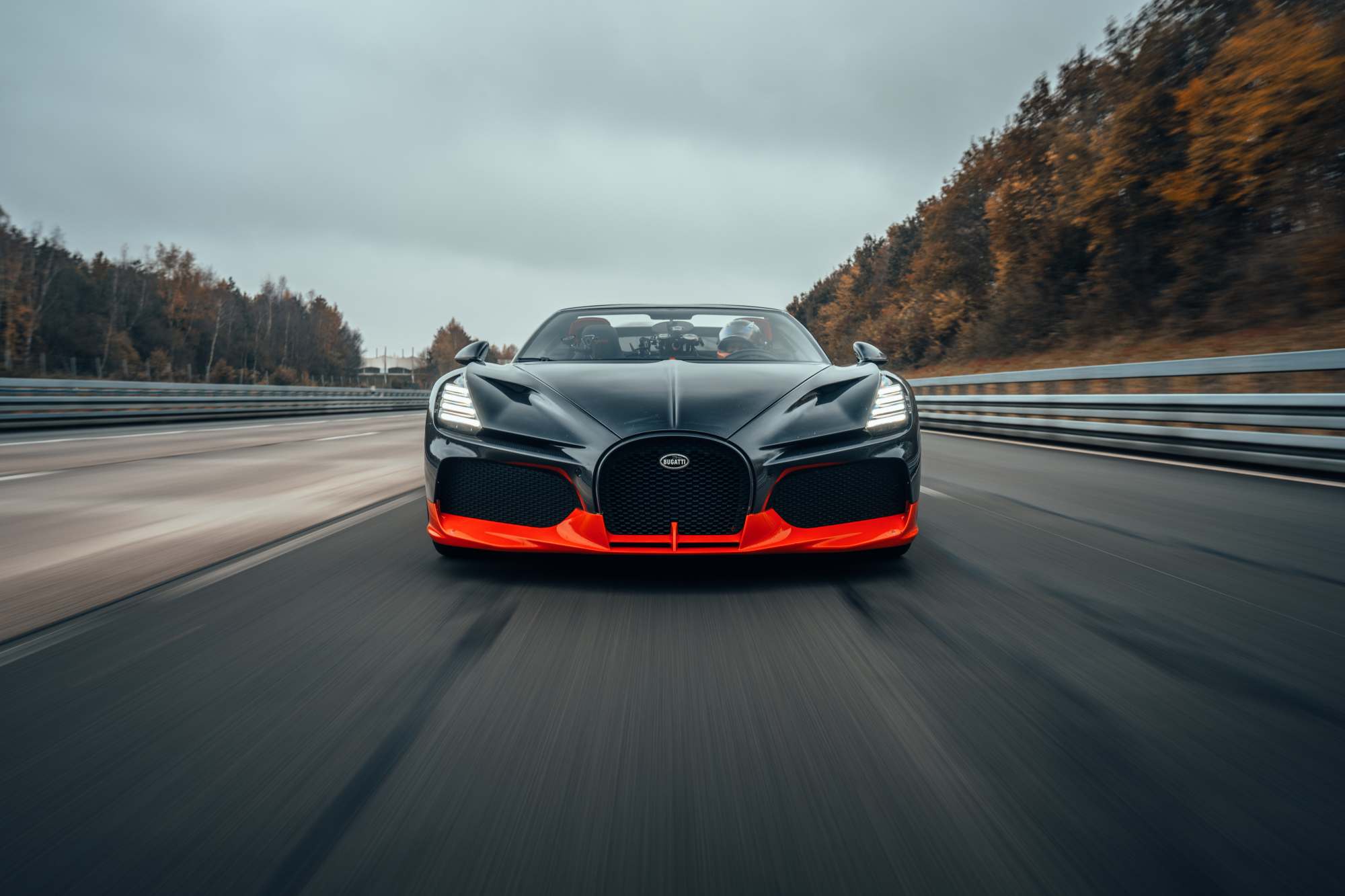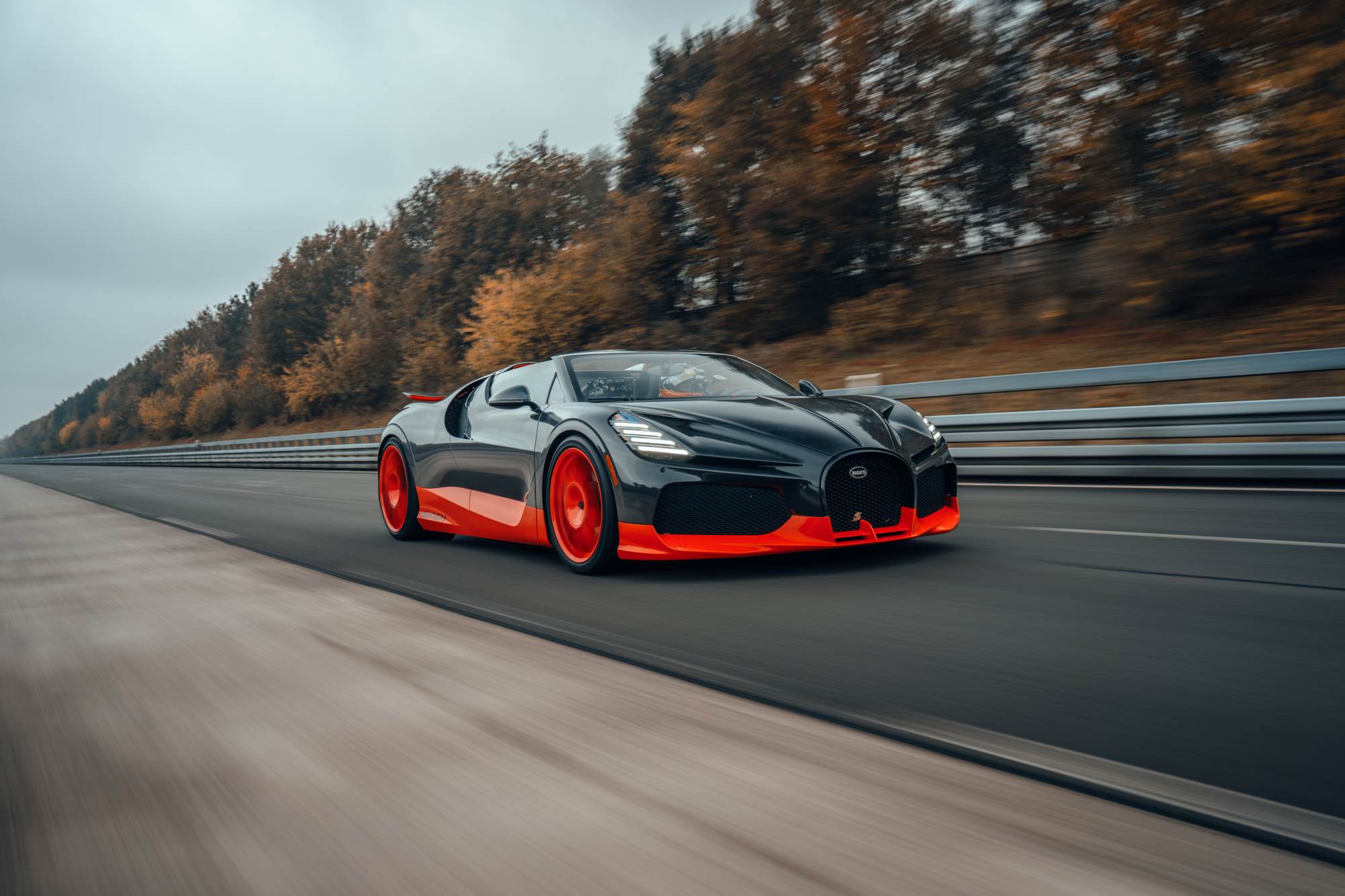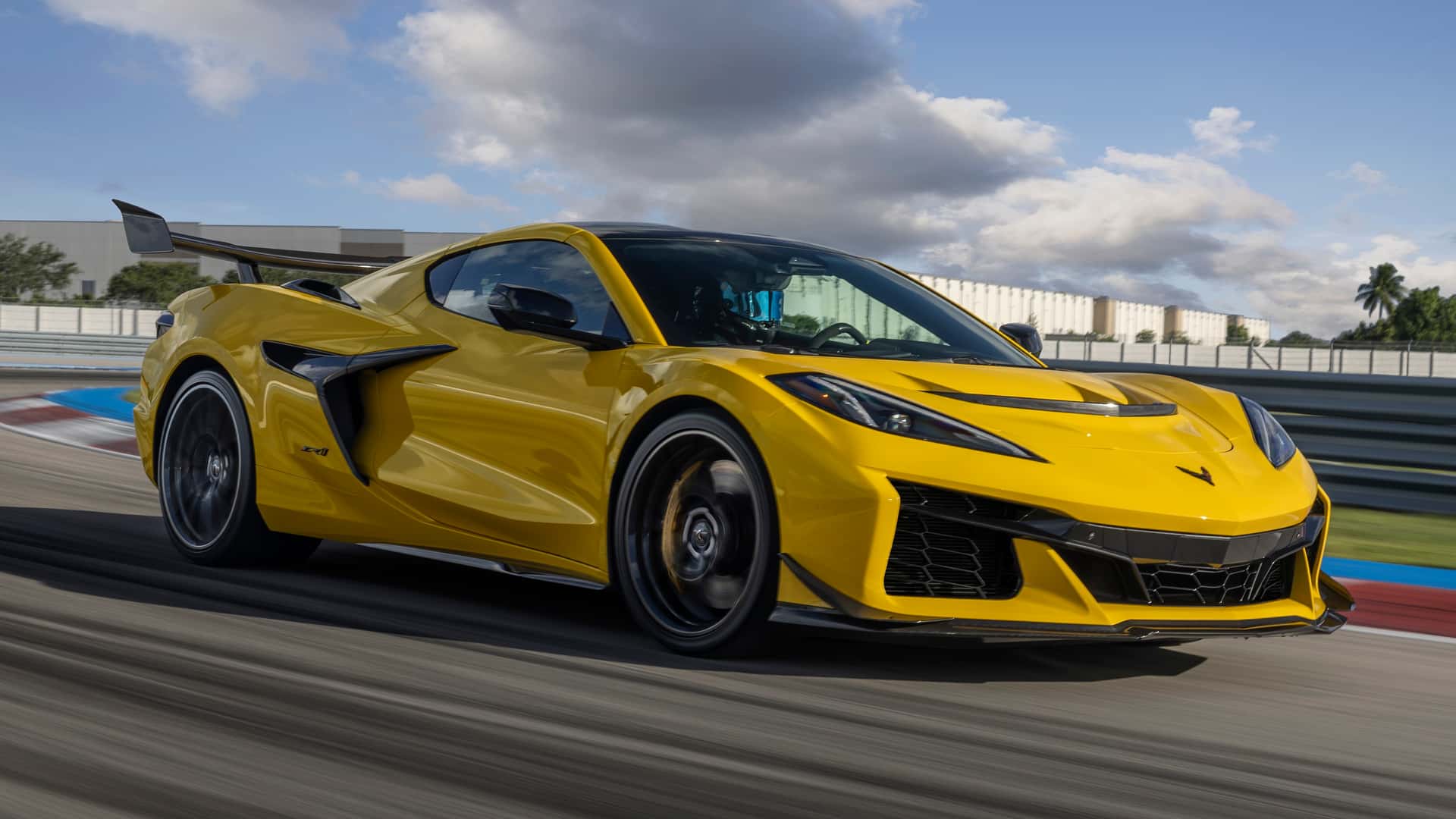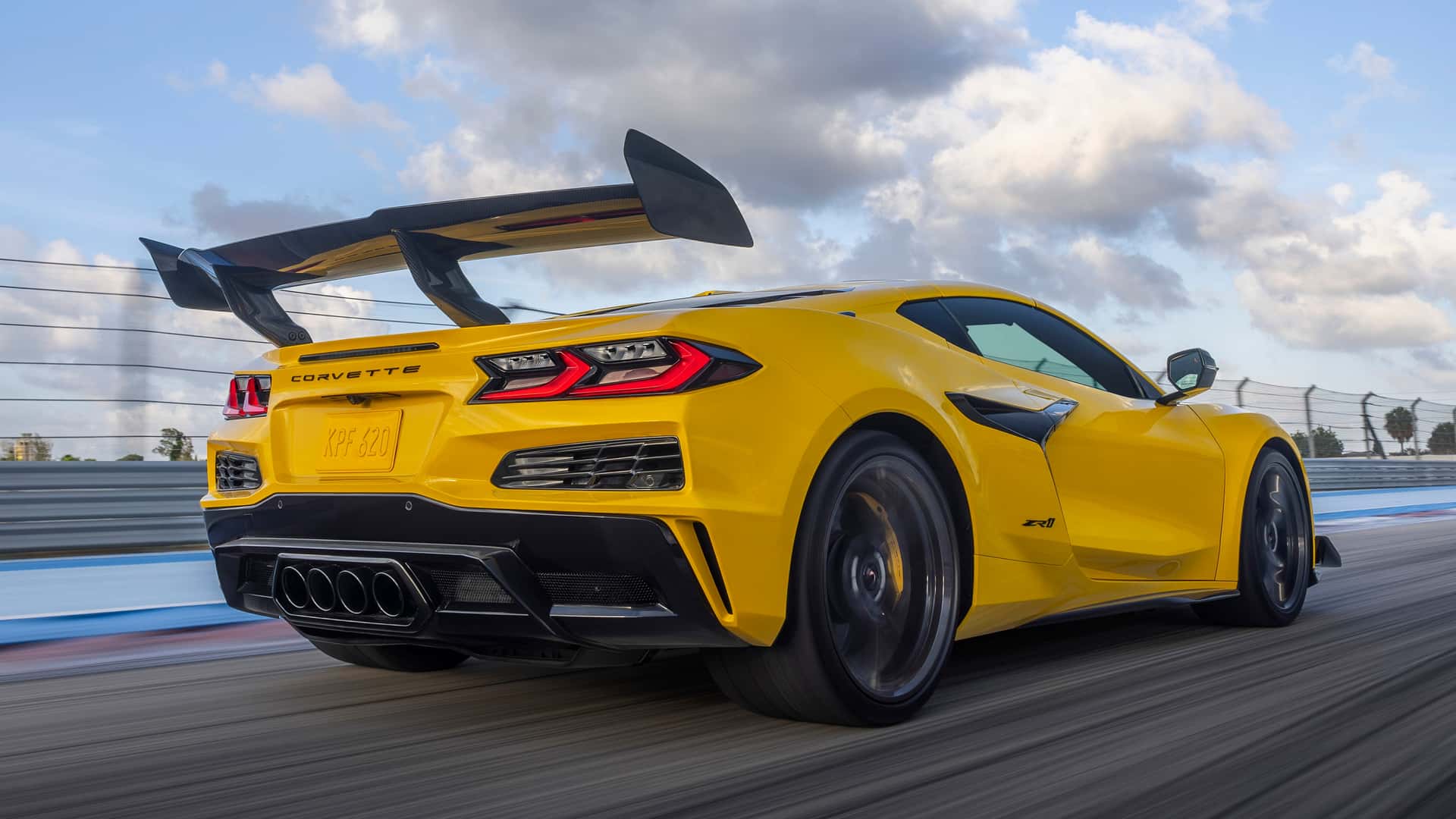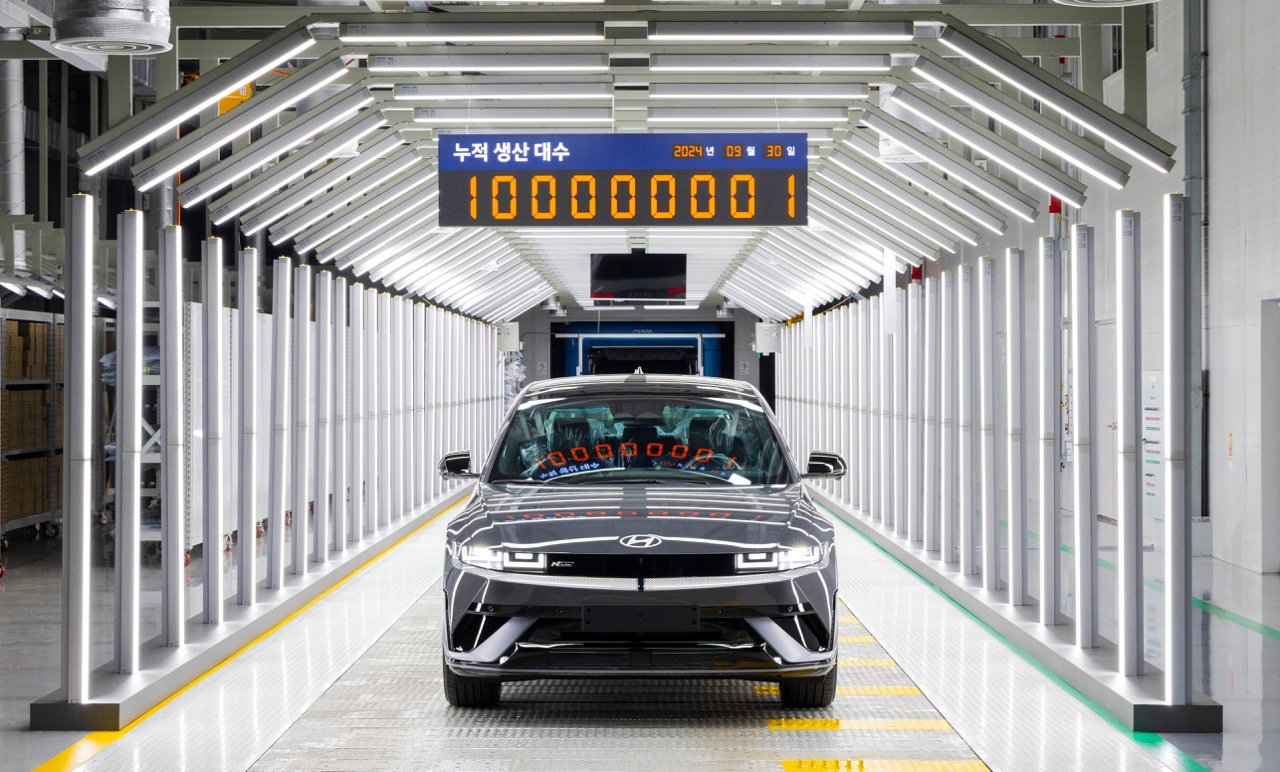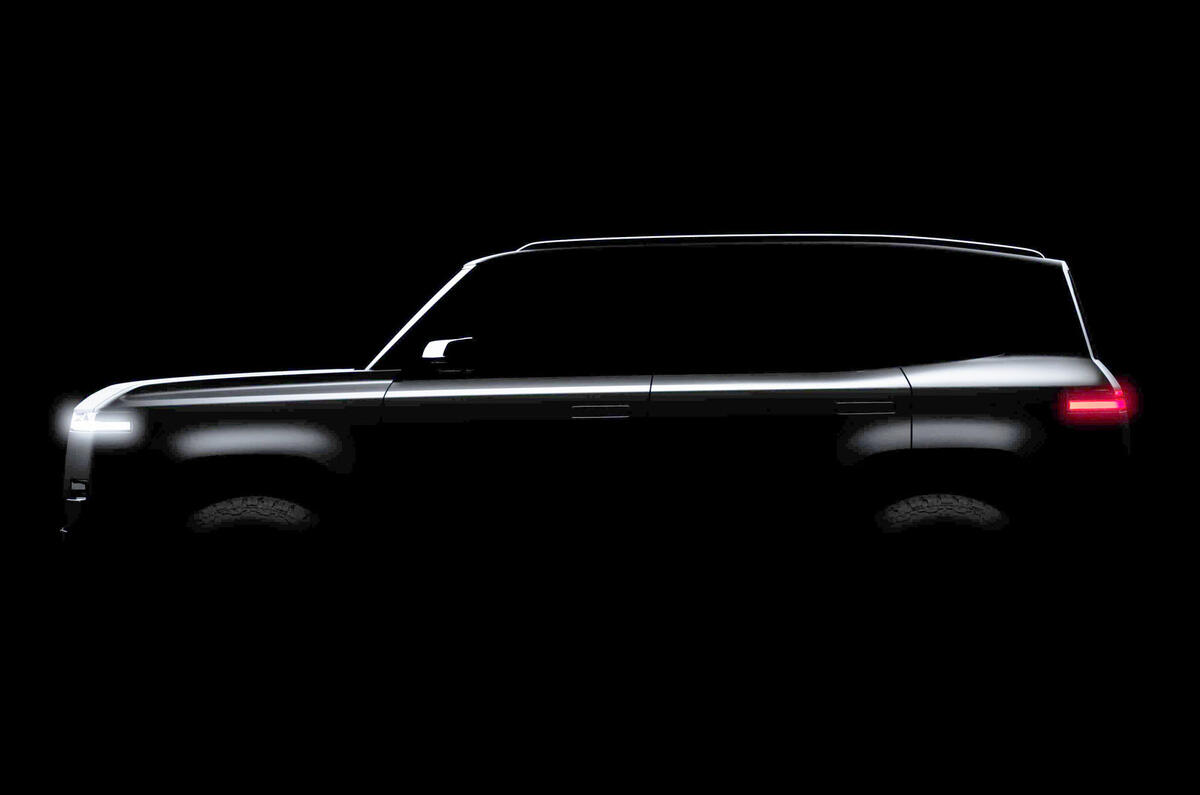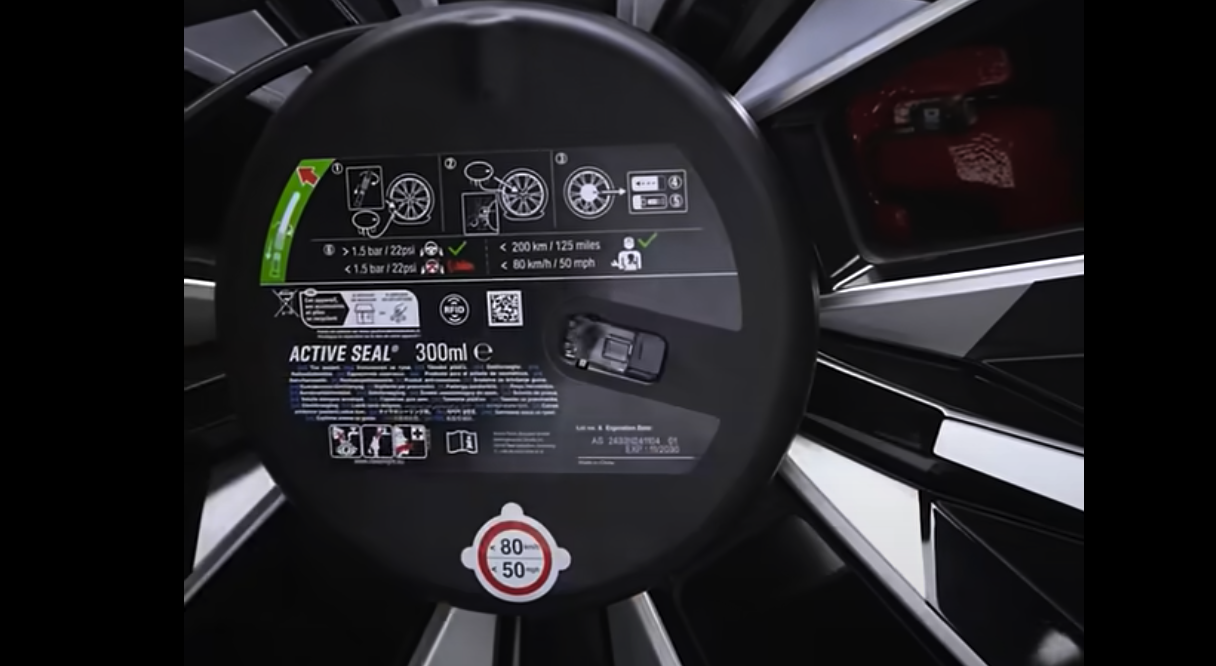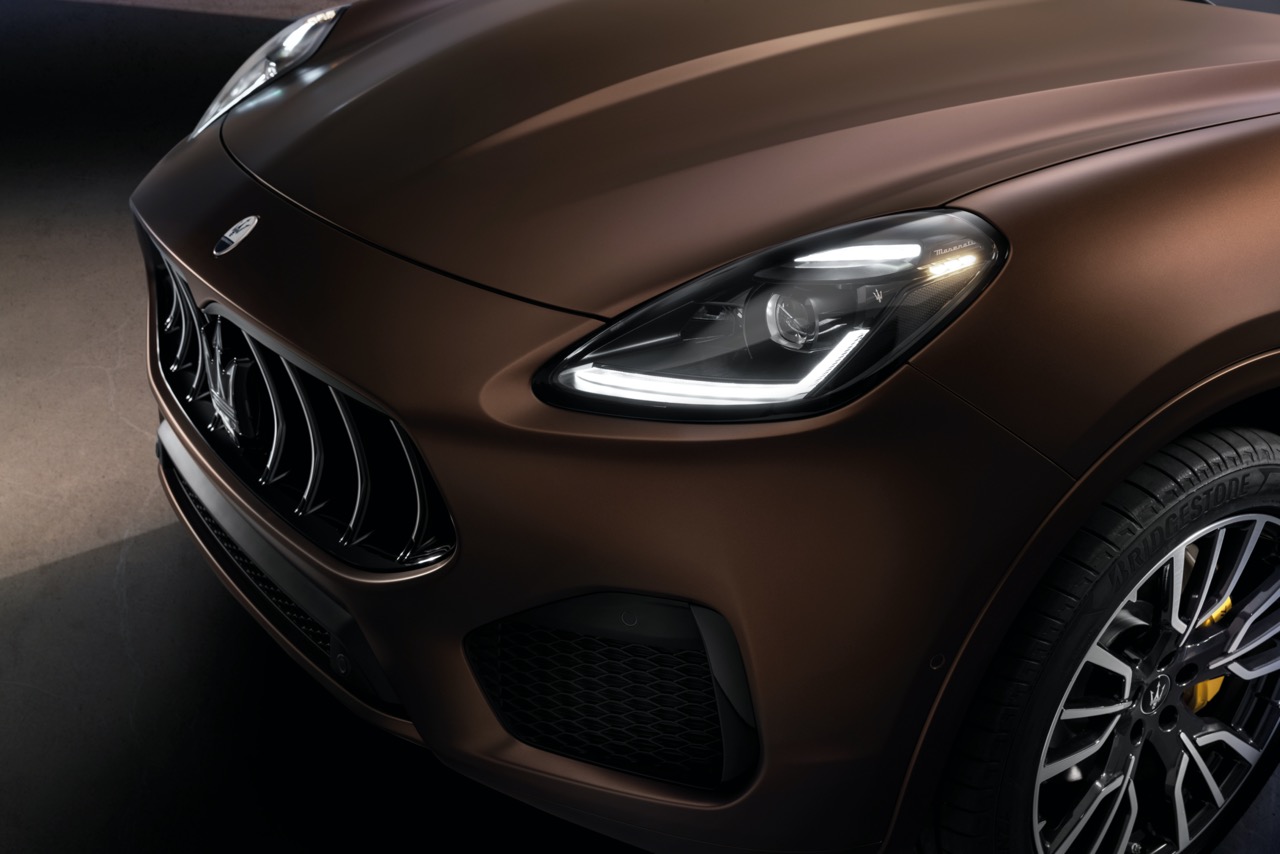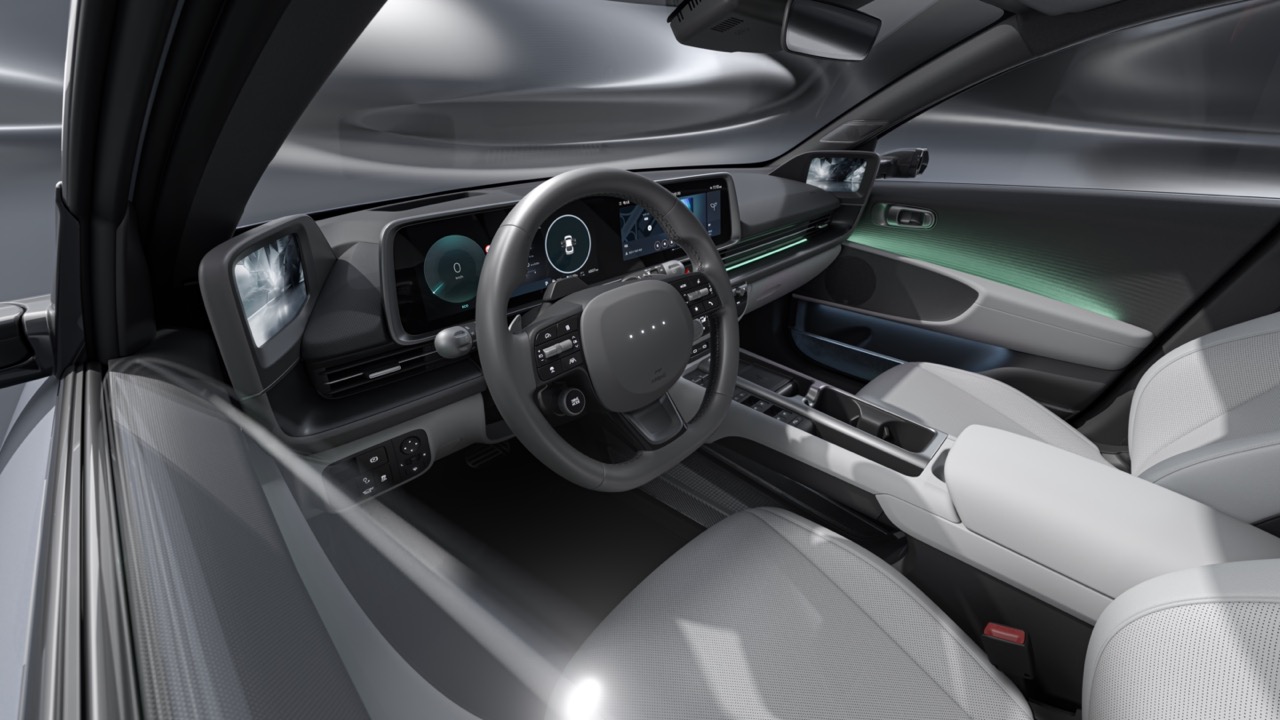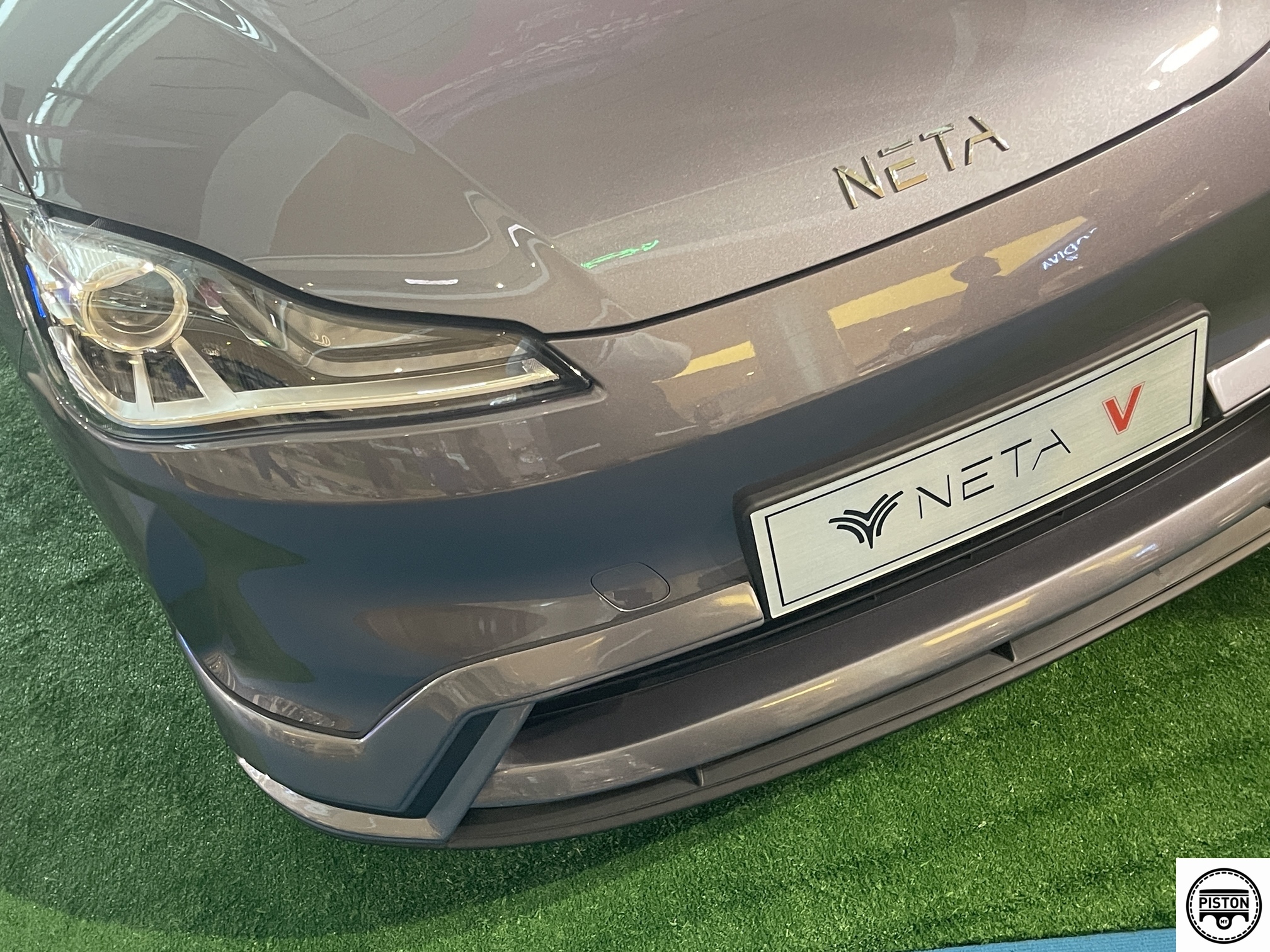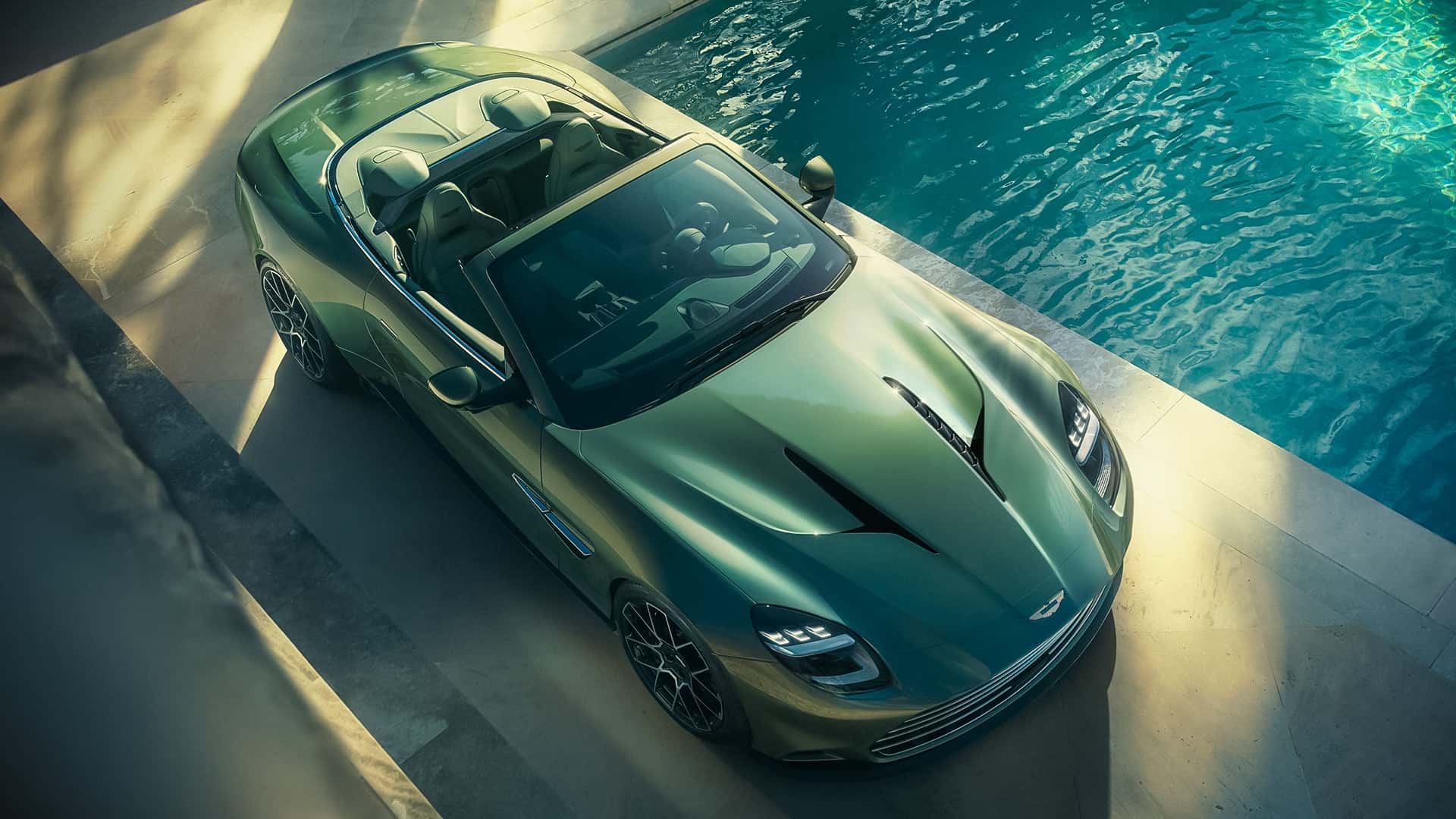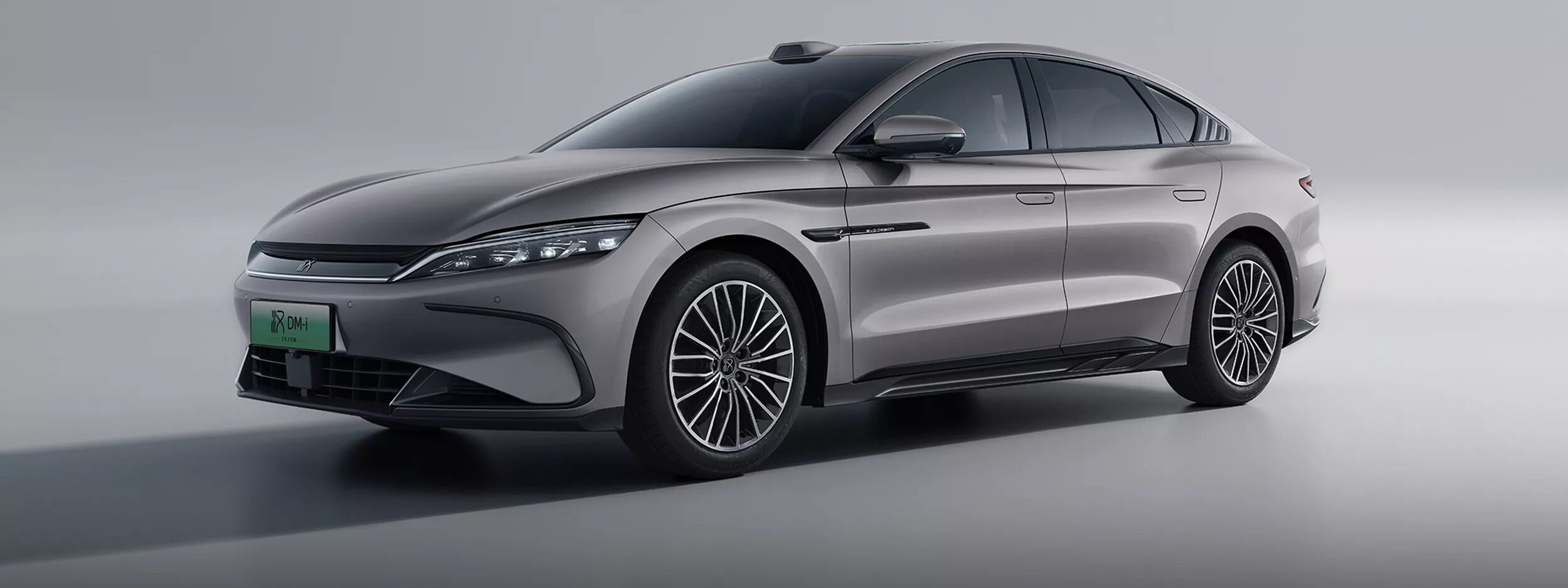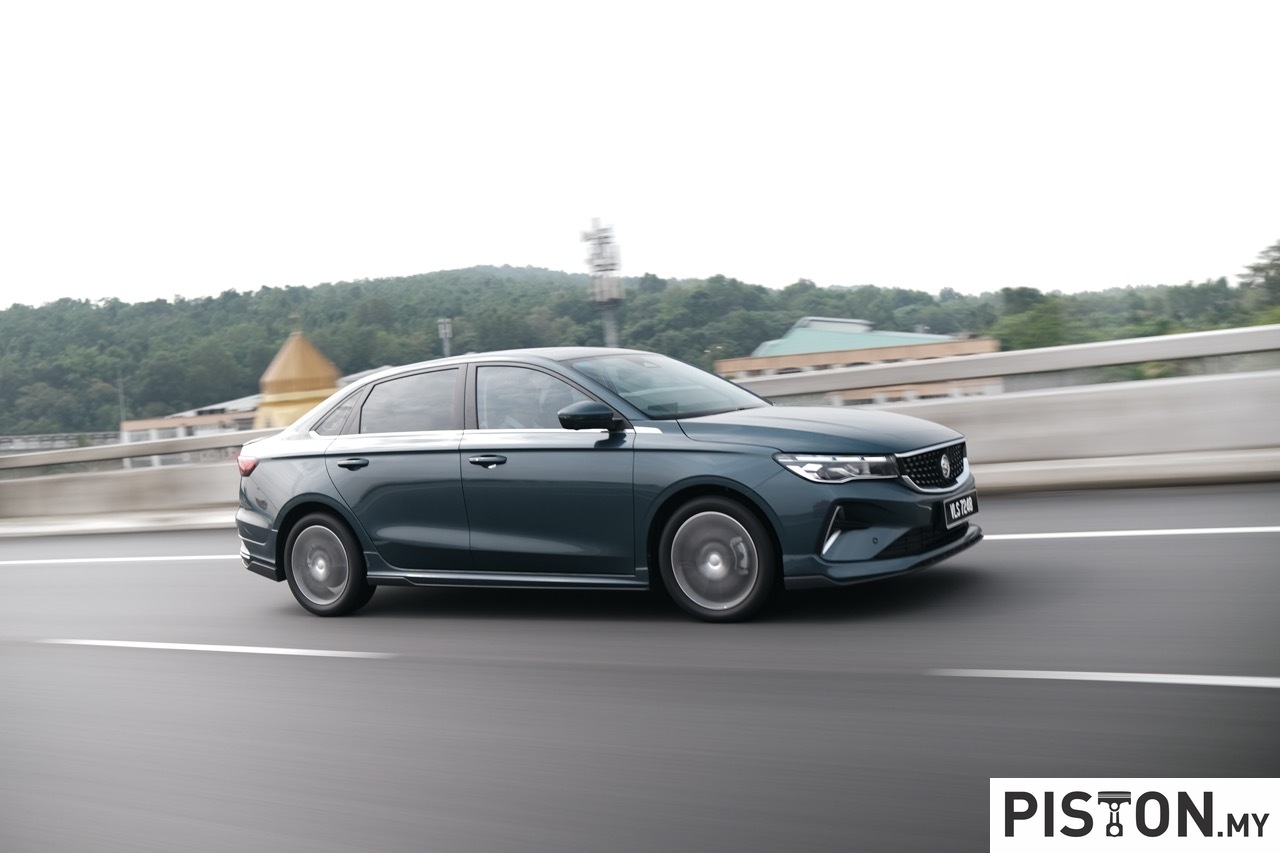Hyundai Motor Company’s revolutionary Hyundai Ioniq 5 has achieved a remarkable feat by setting a Guinness World Records title for the Greatest Altitude Change by an Electric Car. The record-setting journey, organised by Hyundai Motor India Limited (HMIL), showcased the electric vehicle’s capabilities over a gruelling 14-day adventure.
From the Heights of the Himalayas to the Depths of Kerala
The Hyundai Ioniq 5 recorded an altitude change of 5,802 meters, starting at Umling La, India’s highest drivable point located 5,799 meters above sea level in Leh Ladakh, and concluding in Kuttanad, Kerala, which lies three meters below sea level. Spanning over 4,900km, the journey tested the vehicle against extreme terrains and climatic conditions, ranging from the freezing Himalayan passes to Kerala’s humid coastal plains.
Demonstrating Resilience and Advanced Technology
Throughout the expedition, the Hyundai Ioniq 5 highlighted its position as a leader in electric mobility, overcoming challenging environments while delivering exceptional performance. Designed on Hyundai’s Electric-Global Modular Platform (E-GMP), the Ioniq 5 combines futuristic design inspired by Hyundai’s iconic PONY with cutting-edge technology and sustainability.





